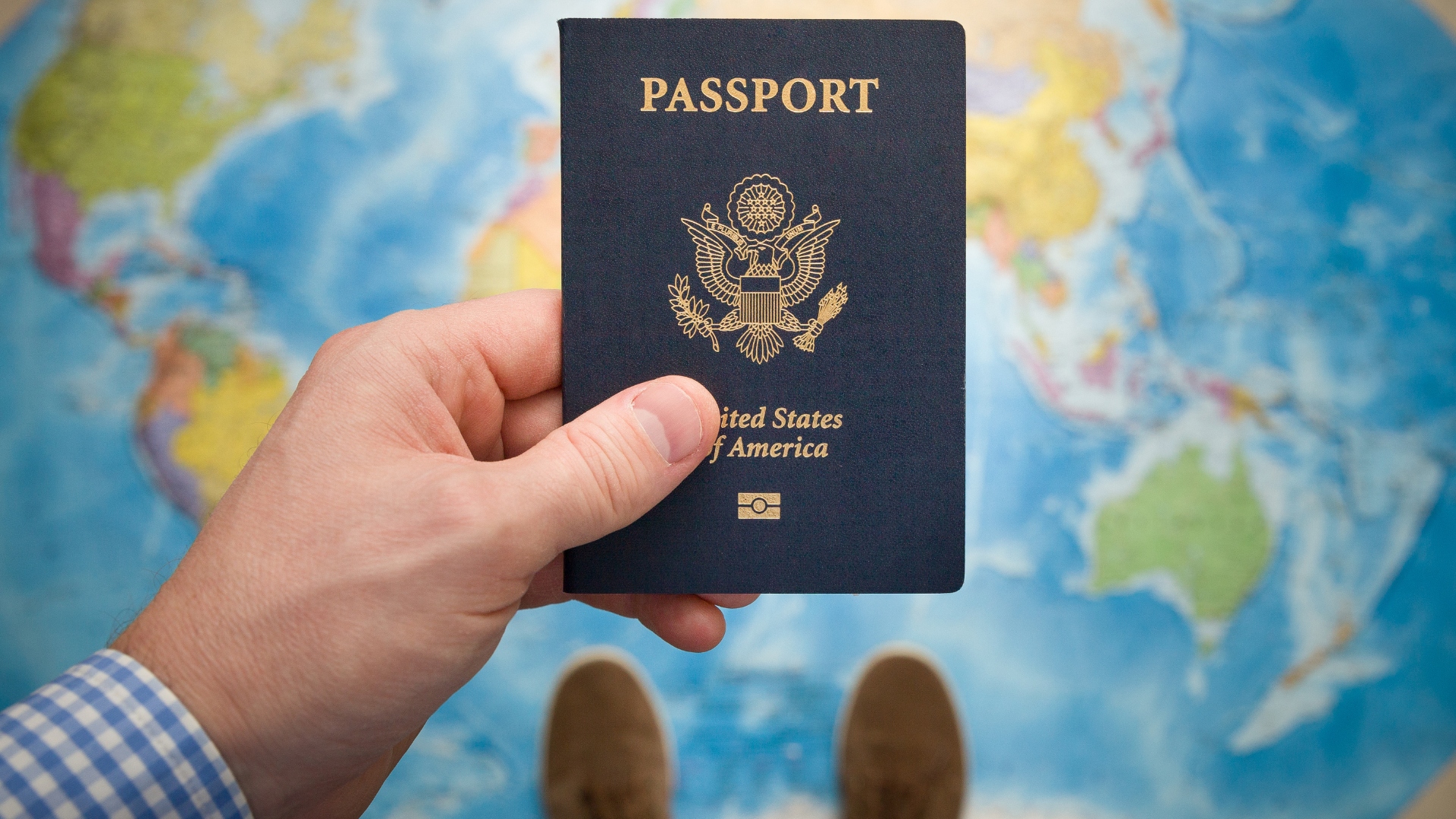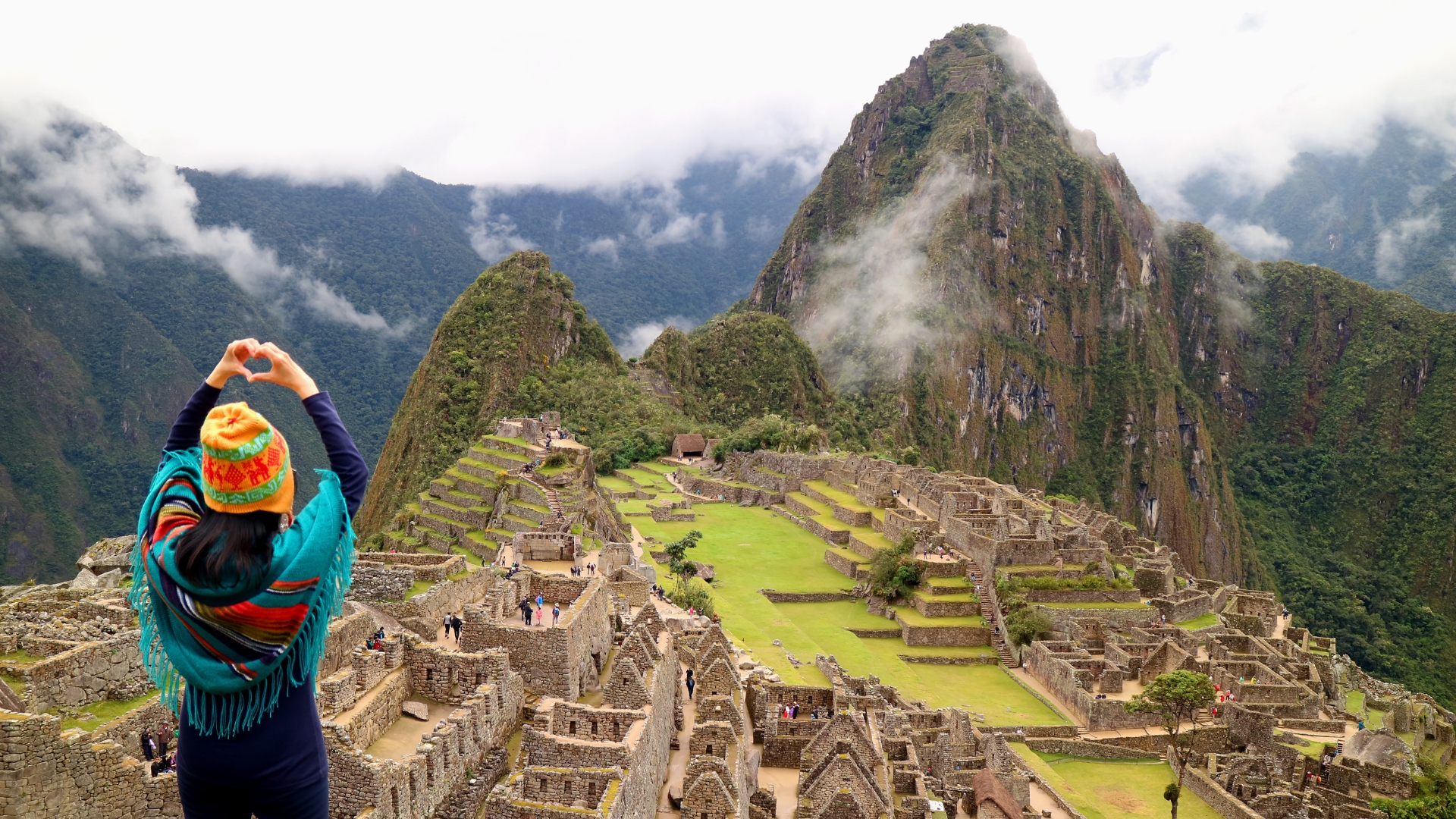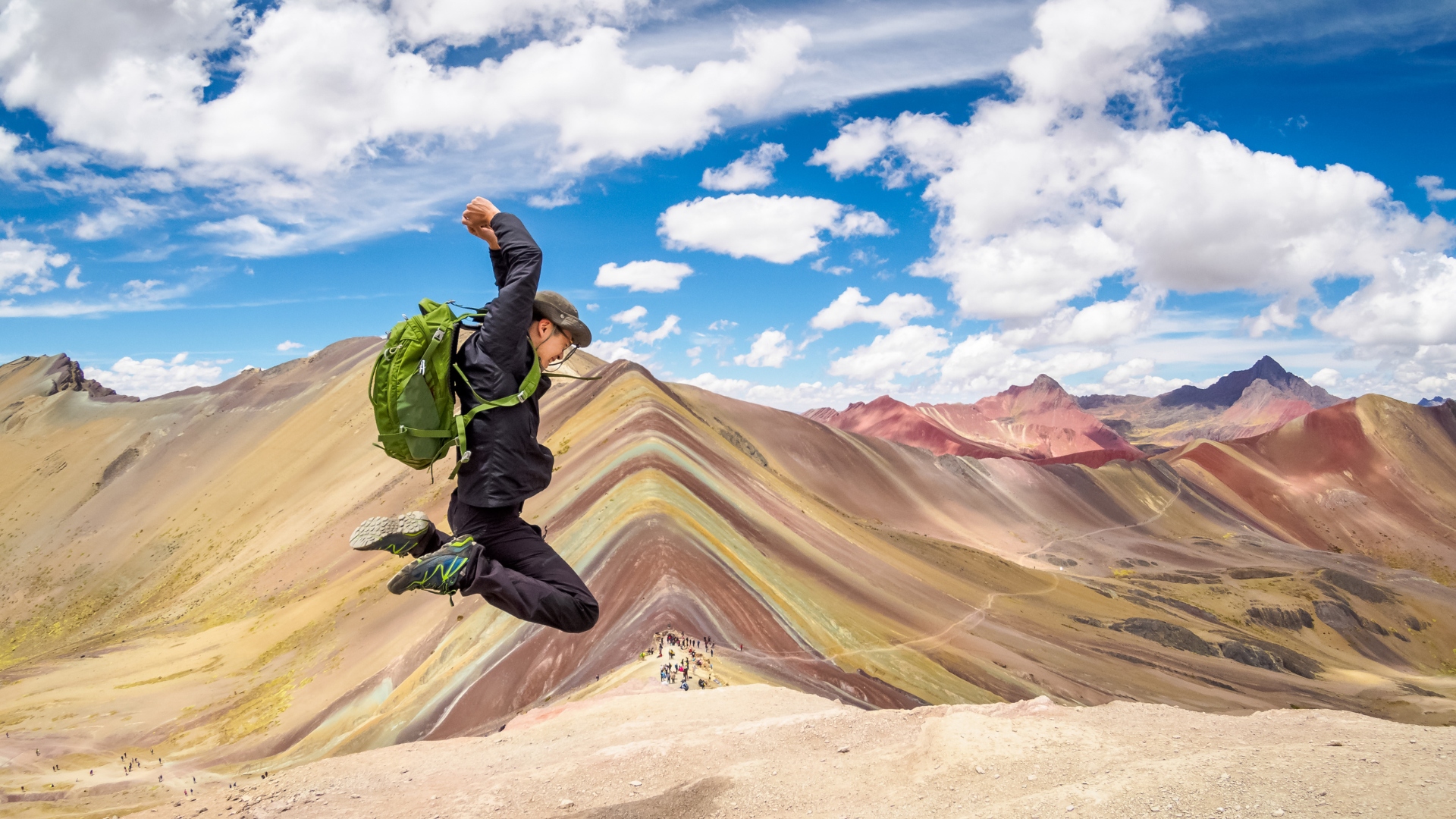Traveling to Peru is a unique experience that combines ancient history, breathtaking landscapes, and one of the world’s most celebrated cuisines. From Machu Picchu to the Amazon, and through vibrant cities like Lima and Cusco, the country offers adventures for every kind of traveler. But before you set off, it’s important to have the right information to make the most of your trip. Here are the most frequently asked questions travelers have before visiting Peru. Everything you need to know before traveling to Peru
Do I need a visa to travel to Peru?
Most travelers do not need a visa for short stays in Peru. Entry as a tourist generally allows you to stay between 90 and 183 days, depending on what the immigration officer grants upon arrival.
Key requirements:
-
A passport valid for at least 6 months beyond your travel dates.
-
A blank page in your passport for the entry stamp.
-
Proof of onward travel or a return ticket (this may be requested upon entry).
 The big advantage is that many countries around the world do not need a visa to visit Peru.
The big advantage is that many countries around the world do not need a visa to visit Peru.
What vaccinations do I need to travel to Peru?
There are no mandatory vaccinations to enter Peru from North America or Europe, but some are strongly recommended.
-
Recommended: Yellow Fever (especially if traveling to the Amazon), Hepatitis A & B, Typhoid, and a Tetanus booster.
-
Amazon region: If visiting Puerto Maldonado, Iquitos, or Tambopata, the Yellow Fever vaccine is highly recommended.
Tip: Consult a travel doctor at least 4 to 6 weeks before your trip.
What is the best time of year to visit Peru?
The best season depends on the regions you plan to explore:
-
Andes (Cusco, Machu Picchu, Sacred Valley): May to September is the dry season, perfect for hiking and clear skies.
-
Coast (Lima, Paracas, northern beaches): December to April offers the sunniest and warmest days.
-
Amazon (Tambopata, Iquitos): May to October is the most accessible season, with fewer rains and fewer insects.
 During the dry season in Cusco, you can enjoy clear skies at Machu Picchu.
During the dry season in Cusco, you can enjoy clear skies at Machu Picchu.
Is it safe to travel to Peru in 2025?
Yes, but as with any international destination, it’s wise to take basic precautions:
-
Avoid displaying valuables in public.
-
Use official taxis or ride-hailing apps (Uber, Cabify) in cities.
-
Stay updated on local news in case of strikes or demonstrations.
-
Keep documents and money secure, and carry digital copies.
Peru is a welcoming country, especially in tourist areas such as Cusco, Arequipa, and the Sacred Valley, but a little extra caution always helps.
What currency is used in Peru, and how much money will I need?
The official currency is the Peruvian Sol (PEN).
-
US dollars are accepted in some hotels and travel agencies, but it’s better to pay in soles to avoid extra charges.
-
Always carry some cash, especially in rural areas, markets, or for local transportation.
-
Credit cards are widely accepted in larger cities, but small towns often prefer cash payments.
Tip: Exchange your money at official exchange houses or banks to avoid scams.
 Organizing your trip to Peru in advance will help you avoid worrying during your trip.
Organizing your trip to Peru in advance will help you avoid worrying during your trip.
Plan Your Trip with Andean Diaries
Ready to experience the best of Peru? At Andean Diaries, we design tailor-made trips that connect you with the country’s history, culture, and most breathtaking landscapes. From iconic Machu Picchu to deep Amazon expeditions, we take care of every detail so you can focus only on enjoying your journey.
By Emperatriz Ayala – Travel Advisor
Don’t miss Part 2: practical tips on transport, packing, and costs for your trip to Peru.
